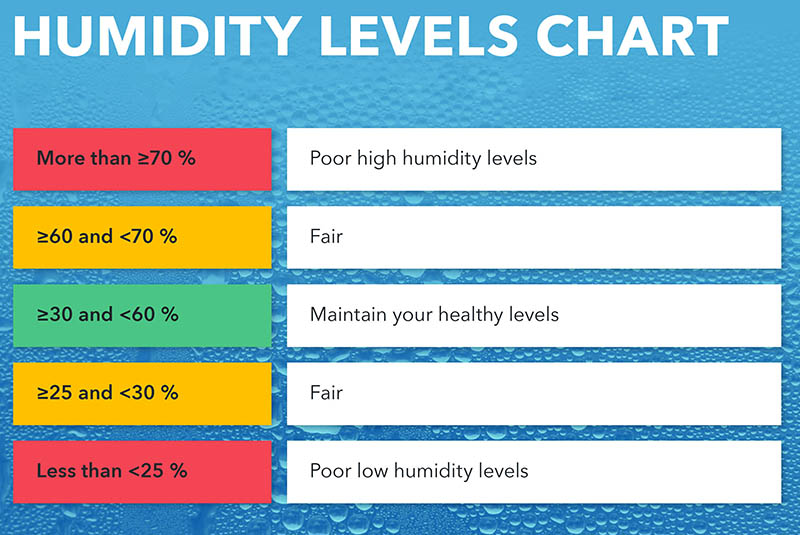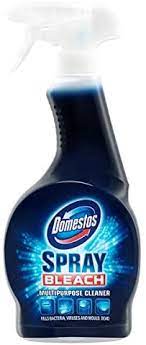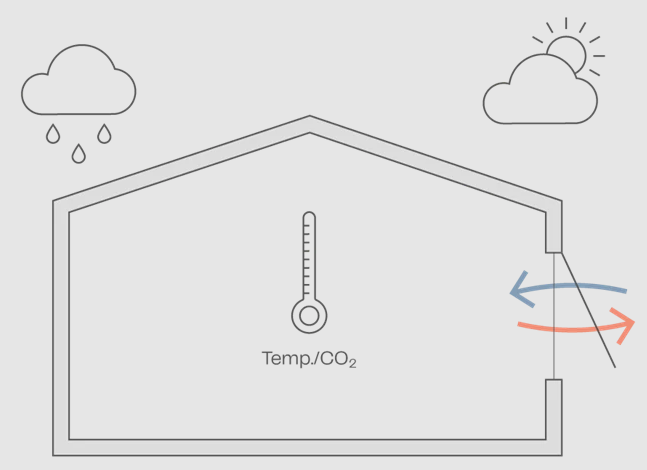How dangerous is black mould, and why do I have it? |
|
| Posted by Dan on 21 Dec 2022 in Heating And Energy, Maintenance, Advice | Comments (0) | |
What is black mould?
Mould can be a variety of colours depending on the pigment it contains, however the most worrying we hear about from our customers is black mould. Don't panic, not all black moulds are harmful, mould falls into two categories - toxic and non-toxic. Heavy exposure to non-toxic black mould could still increase your allergic response or asmtha symptoms, so regardless of what time of mould it is always best to clean and prevent it from coming back. What is black toxic mould?Black toxic mould also known as Stachybotrys Chartarum is a dark black or greenish mould. Black toxic mould is extremely dangerous as the spores release mycotoxins into the air. Mycotoxins are toxic chemicals that can cause damage to human health, or even kill if inhaled. Why do I have black mould?
Here at AA Plumbing we have helped thousands of customers with their plumbing issues, and a common question we receive from some customers in the colder seasons is 'Why do I have black mould?'. You can get black mould at any time of year, however it is more common to see it grow in the winter months when the internal house temperature is lower. Mould has the potential to grow when condensation settles on a surface, and water condensates on a surface when there is too much moisure in the air for the current air temperature (Humidity). Humidity is the concentration of water vapor present in the air. You see mould more in the winter than the summer because the hotter the air the more amount of water the air can hold. Because the air is colder in the winter it reached 100% humidity quicker, then that excess water vapour condensates on the coldest parts of your home, e.g windows or corners of a room. How do I get rid of black mould?
Getting rid of/cleaning clack mould is easy, simply use any brand of bleach spray and some kitchen towel to wipe the area, then use some clean kitchen towel to dry the area. You may experience staining if the black mould has been there for a long time, repeated cleaning or painting over the stains is the easiest way to revitalise the area to new again. If you have black mould on silicone in the bathroom you can simply spray a concentrated bleach solution on the silicone and leave it there to eat away at the mould. After a few treatments the mould will be completely gone, no need to cut out the silicone and replace it.
How do I stop black mould from reappearing?
Black mould forms because the air in your home has too much moisture in it for the temperature, so the moisture condensates and mould grows. Increasing the internal house temperature and opening a window will prevent the mould from growing. A higher temperature in the house would mean the air can hold more moisture, so it won't condensate on the walls or windows, however you still need to vent the water in the air out of the building. By opening the window, the warm air will escape taking the moisure with it. If you are getting mould growth in a part of your home that is well ventilated and warm then it may be due to an extenuating factor that is putting even more moisure into the air, such as air drying wet clothes. The solution is the same, improve ventilation and the mould will not grow. |
Post a Reply |
Services
Areas of interest |
Follow us |
AA Plumbing is a trading name of AA Plumbing (UK) Ltd
Registered in England & Wales (No. 08798904)
601 International House, 223 Regent Street, London, W1B 2QD
03456 46 11 46
support@aaplumbing.co.uk





